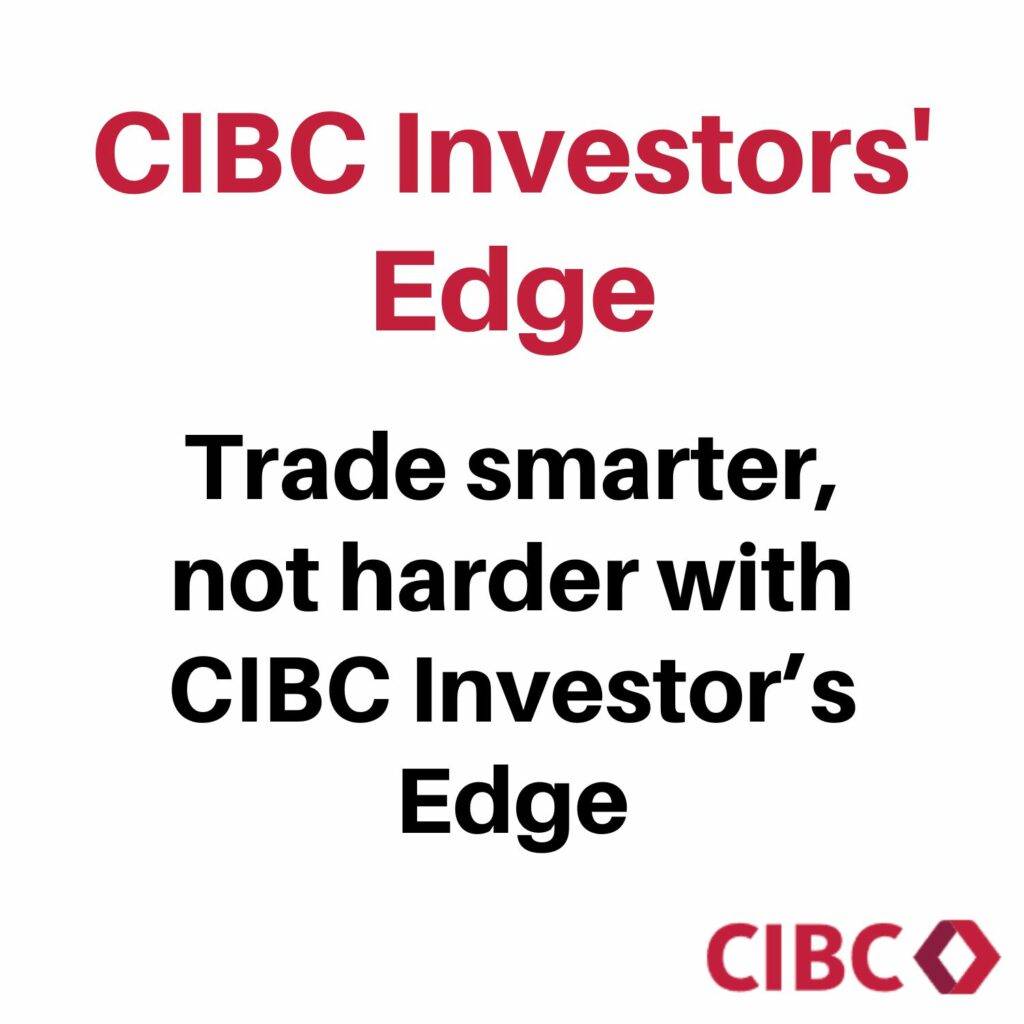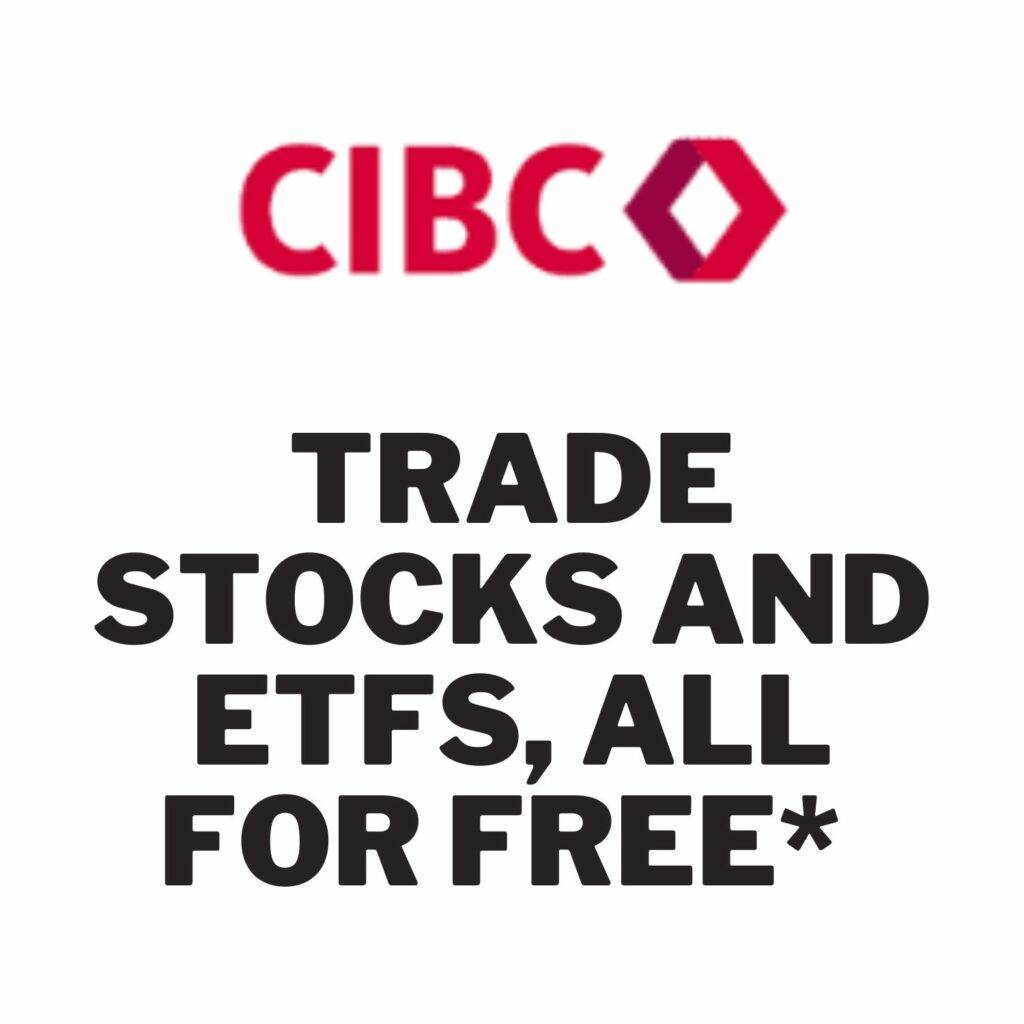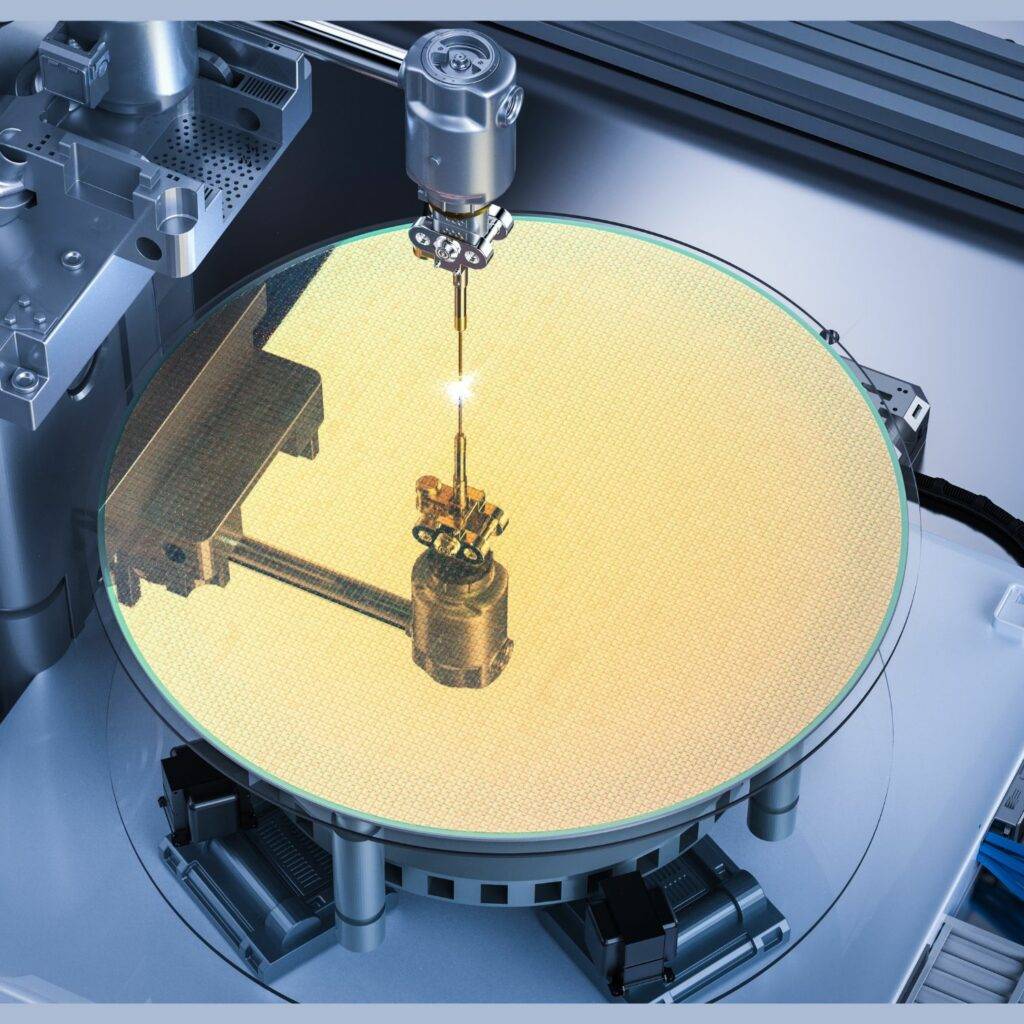As technology advances at breakneck speeds, the semiconductor industry stands at the forefront, driving innovation in sectors ranging from artificial intelligence to the connected devices of the Internet of Things. Investing in semiconductors can be a way to tap into this rapid growth, and Exchange Traded Funds (ETFs) provide a diversified entry point for investors. Today, we’ll spotlight some of the best semiconductor ETFs based on their recent performance, Assets Under Management (AUM), and other key metrics.

VanEck Semiconductor ETF (SMH)
The VanEck Semiconductor ETF (SMH) serves the investment objective of tracking the overall performance of companies involved in semiconductor production and equipment. SMH aims to replicate as closely as possible, before fees and expenses, the price and yield performance of the MVIS® US Listed Semiconductor 25 Index. This index is composed of companies that generate at least 50% of their revenues from semiconductors and related equipment.
The fund’s mission is not only to reflect the performance of the semiconductor industry but also to offer investors exposure to a critical and ever-expanding sector of technology.
SMH boasts an AUM of $2.58 billion USD. With an expense ratio of just 0.35%, it offers an affordable option for investors seeking equity exposure in the information technology sector.
iShares Semiconductor ETF (SOXX)
The iShares Semiconductor ETF (SOXX) intends to track the investment results of an index composed of U.S. equities in the semiconductor sector. Designed for investors seeking to capture the performances of companies that design, manufacture, and distribute semiconductors, SOXX follows the ICE Semiconductor Index as a benchmark. This ETF includes companies at the forefront of research, development, technology, and products that are central to advances in computing, mobile communications, and a broad array of electronic devices.
This USA-based ETF manages an AUM of $5.21 billion USD.
Direxion Daily Semiconductor Bull 3x Shares (SOXL)
The objective of SOXL is to amplify the returns that investors can potentially gain from an upswing in the semiconductor sector on a daily basis. This means that when the underlying index experiences growth, the fund’s returns are designed to increase threefold, exposing investors to higher returns as well as higher levels of risk and volatility. It’s important to note that the fund’s leverage is reset daily, which results in compounding effects when held for periods longer than a day.
Given its leverage, SOXL is not recommended for the risk-averse or those unfamiliar with leveraged and derivative positions. The fund is directed at knowledgeable investors who seek to exploit their sector-specific analysis and short-term market trends in the semiconductor industry.
Holding a more substantial AUM of $2.38 billion USD. This ETF comes with a higher expense ratio of 0.94%, due to its leveraged strategy targeting thrice the daily performance of its underlying index. This fund is suited for investors looking for a bullish stance in the information technology equity class.
Choosing Your Semiconductor ETF

When selecting a semiconductor ETF that best fits your portfolio, consider factors like overall performance, expense ratio, and investment focus. ETFs like SMH and SOXX have shown robust returns with relatively low expense ratios, reflecting a stable approach to semiconductor investing. Whereas funds such as SOXL offer a high-octane option for those seeking aggressive growth via leveraged positions.
With technology’s central role in modern life, semiconductor ETFs are now more relevant than ever, providing a focused investment into a sector that’s driving global innovation. Keep an eye on semiconductor trends, and always perform your due diligence or consult with a financial advisor to align your choice with your investment goals.
Happy Investing!
Note: The figures provided are subject to change as market conditions fluctuate. Please refer to the latest data when making investment decisions.


